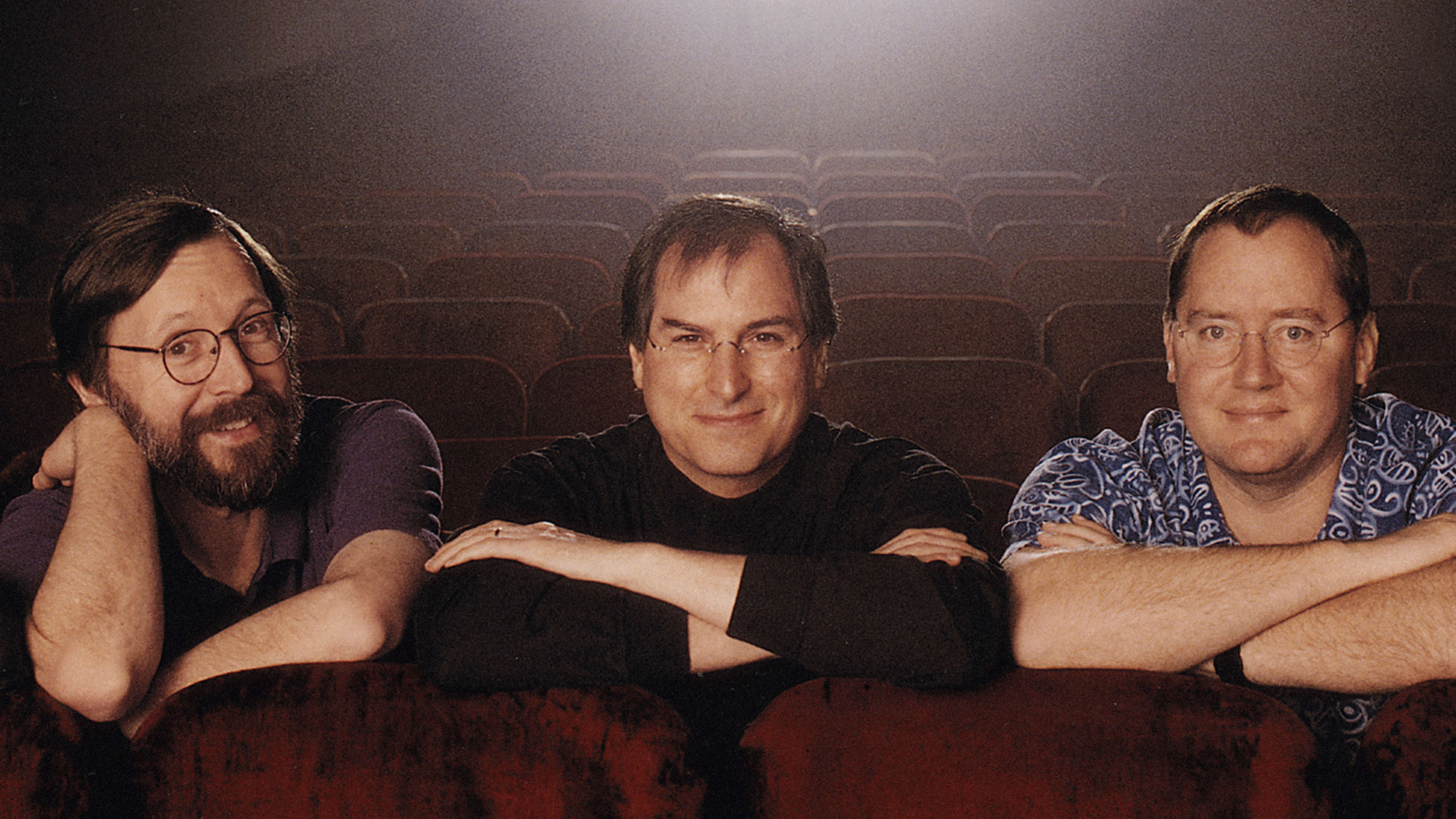A hallmark of a healthy creative culture is that its people feel free to share ideas, opinions, and criticisms. Our decision making is better when we draw on the collective knowledge and unvarnished opinions of the group. Candor is the key to collaborating effectively. Lack of candor leads to dysfunctional environments. So how can a manager ensure that his or her working group, department, or company embraces candor? By putting mechanisms in place that explicitly say it is valuable. One of Pixar’s key mechanisms is the Braintrust, which we rely on to push us toward excellence and to root out mediocrity. It is our primary delivery system for straight talk. The Braintrust meets every few months or so to assess each movie we’re making. Its premise is simple: Put smart, passionate people in a room together, charge them with identifying and solving problems, and encourage them to be candid. The Braintrust is not foolproof, but when we get it right, the results are phenomenal.
While I attend and participate in almost all Braintrust meetings, I see my primary role as making sure that the compact upon which the meetings are based is protected and upheld. This part of our job is never done because you can’t totally eliminate the blocks to candor. The fear of saying something stupid and looking bad, of offending someone or being intimidated, of retaliating or being retaliated against–they all have a way of reasserting themselves. And when they do, you must address them squarely.
The Braintrust developed organically out of the rare working relationship among the five men who led and edited the production of Toy Story–John Lasseter, Andrew Stanton, Pete Docter, Lee Unkrich, and Joe Ranft. From Pixar’s earliest days, this quintet gave us a solid model of a highly functional working group. They were funny, focused, smart, and relentlessly candid when arguing with each other. Most crucially, they never allowed themselves to be thwarted by the kinds of structural or personal issues that can render meaningful communication in a group impossible. After the release of Toy Story 2 [when the Braintrust helped turn around a film in danger of foundering], the Braintrust evolved from a tight, well-defined group working on a single film into a larger, more fluid group. Over the years, its ranks have grown to include a variety of people–directors, writers, and heads of story–whose only requirement is that they display a knack for storytelling. The one thing that has never changed is the demand for candor.
Candor could not be more crucial to our creative process. Why? Because early on, all of our movies suck. That’s a blunt assessment, I know, but I choose that phrasing because saying it in a softer way fails to convey how bad the first versions really are. I’m not trying to be modest or self-effacing. Pixar films are not good at first, and our job is to make them so–to go, as I say, “from suck to not-suck.”
Recognize your brand’s excellence by applying to this year’s Brands That Matter Awards before the early-rate deadline, May 3.
